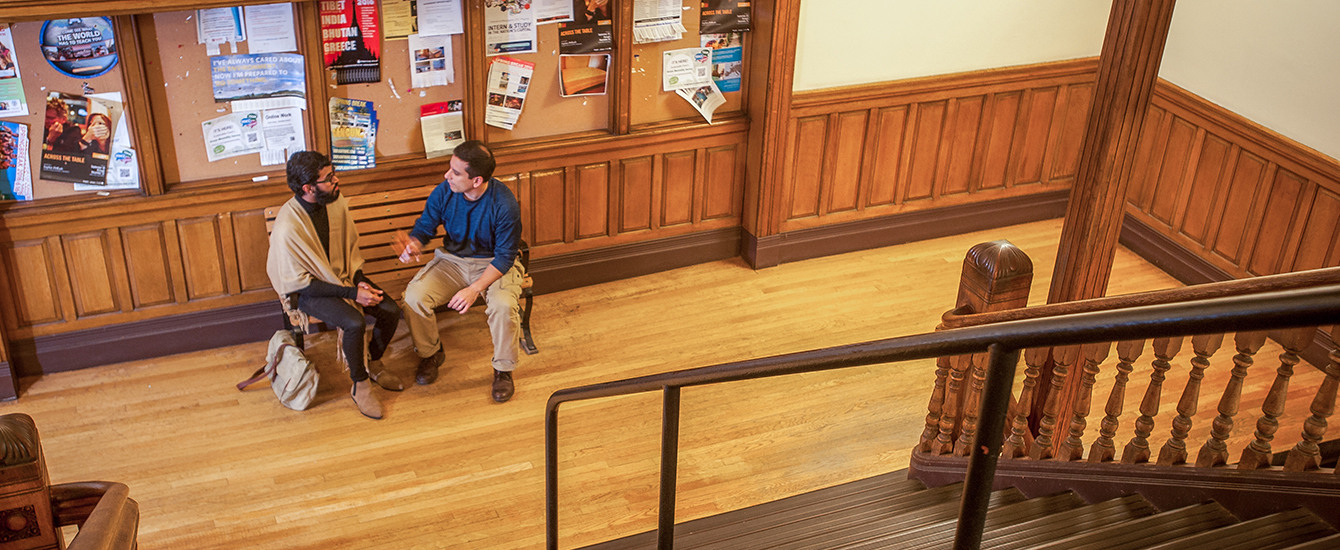Psychology
Foreword
Document Type
Editorial
Abstract
In one sense, romantic love among the young has been around for a long time. “How beautiful and how delightful you are, my love, with all your charms!” The latest hit pop song lyric? No, the young lover in the Song of Solomon, a book of the Hebrew Bible written more than 2,000 years ago, extolling his loved one. At another point she says of him, “On my bed night after night I sought him whom my soul loves.” So the contemporary ideal of the “soul mate” is not our invention after all. Yet in another sense, everything has changed with respect to youthful romantic love, and there has never been another era like this one. Until recently it was never considered an adequate – much less ideal – basis for marriage. In most cultures in most times, marriages have been determined by families, in arrangements made by the parents, not on the basis of youthful infatuations. Even when marriage became based more on individual choice in the West, a few centuries ago, it was often a decision that had more practical than romantic elements. She needed someone to provide for her economically and to protect her from men and beasts. He needed someone to bear and care for children and to prepare food and run the household. If they were fond of each other, all the better, but there were few expectations of emotional intimacy in marriage.
Publication Title
Romantic Relationships in Emerging Adulthood
Publication Date
2010
First Page
XI
Last Page
XIV
ISBN
9780511761935,9780521195300
DOI
10.1017/CBO9780511761935.001
Keywords
emerging adulthood, romantic relationships
Repository Citation
Arnett, Jeffrey Jensen, "Foreword" (2010). Psychology. 732.
https://commons.clarku.edu/faculty_psychology/732



